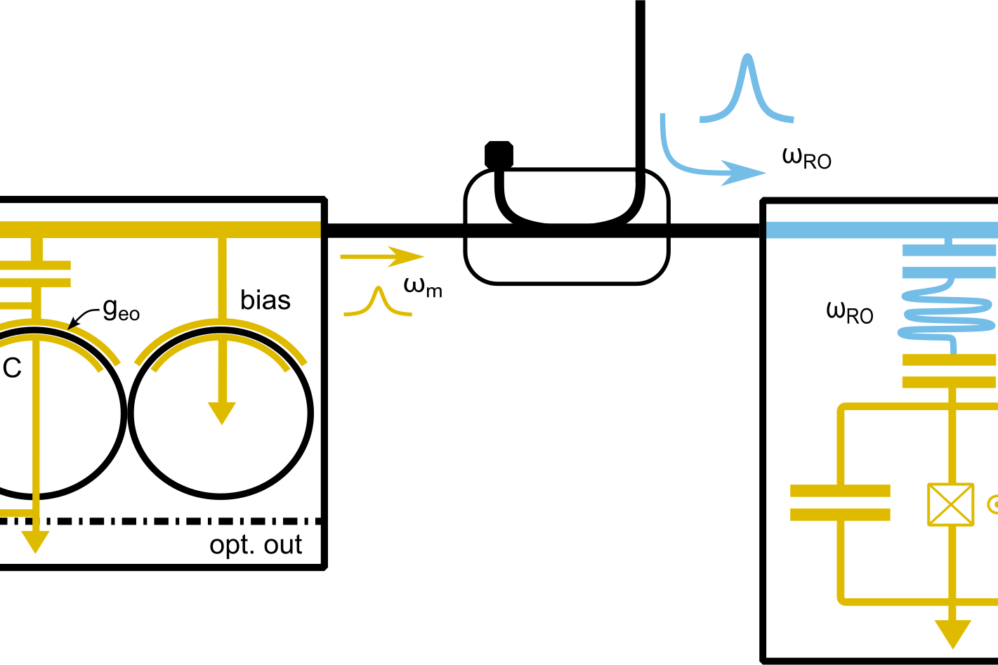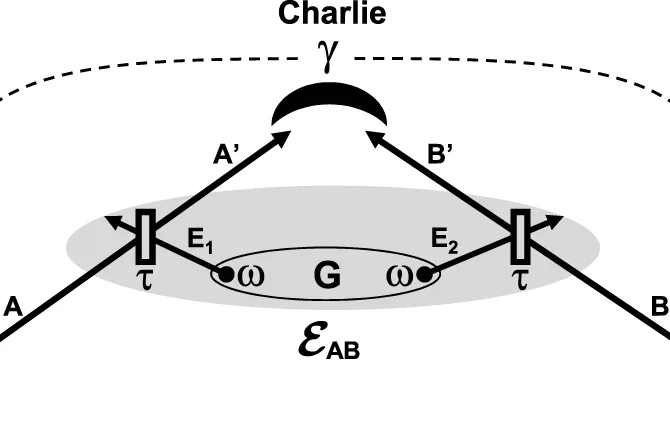Harvard scientists have created an innovative photon router that bridges optical signals with superconducting microwave qubits, addressing a critical challenge in quantum computing: enabling different quantum systems to communicate efficiently. This chip-sized device utilizes light rather than bulky wires to control qubits, paving the way for faster, more scalable quantum networks.
Applied physicists at Harvard’s School of Engineering and Applied Sciences developed this router to potentially connect quantum computers through existing fiber-optic infrastructure. The device creates a robust optical interface for microwave-based quantum systems, particularly those vulnerable to electrical noise.
The research team, led by Professor Marko Lončar, designed this microwave-optical quantum transducer to facilitate communication between microwave-based superconducting qubits and optical signals. Published in Nature Physics, their work demonstrates the first device capable of controlling a superconducting qubit using only light, effectively bridging the substantial energy gap between microwave and optical photons.
This innovation addresses a major limitation in superconducting qubit platforms: the need for extremely low operating temperatures requiring large cooling systems. As quantum computing advances toward systems with millions of qubits, scaling based solely on microwave signals becomes increasingly challenging. The amazing solution combines microwave qubits for quantum operations with optical photons for efficient interfaces.
The compact 2-millimeter device sits on a 2-centimeter chip, connecting a microwave resonator with two optical resonators. This arrangement enables energy exchange through the properties of lithium niobate, eliminating the need for bulky microwave cables for qubit control.
This outstanding technology could eventually support qubit state readout and convert quantum information into light packets between quantum computing nodes. The team’s next goal is reliable generation and distribution of entanglement between microwave qubits using light, bringing us closer to superconducting quantum processors connected by low-loss, high-powered optical networks.
Reference: “Coherent control of a superconducting qubit using light” 2 April 2025, Nature Physics.
DOI: 10.1038/s41567-025-02812-0


